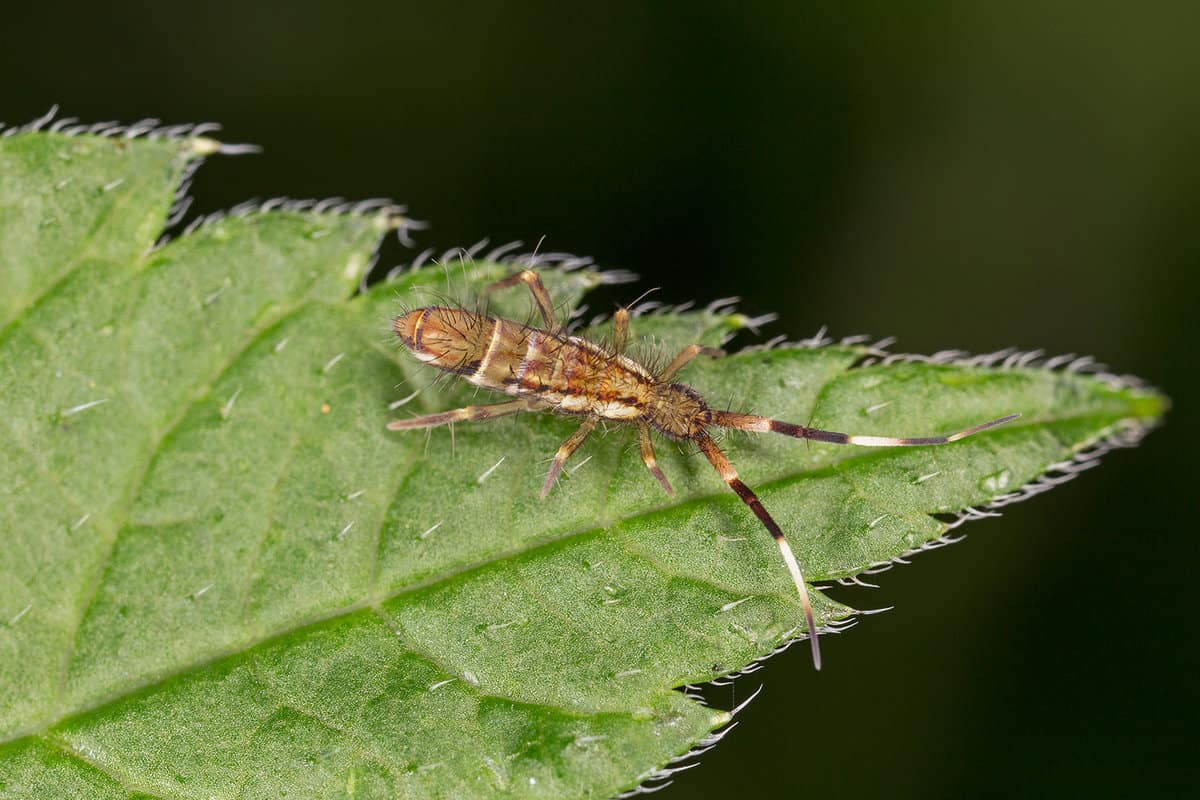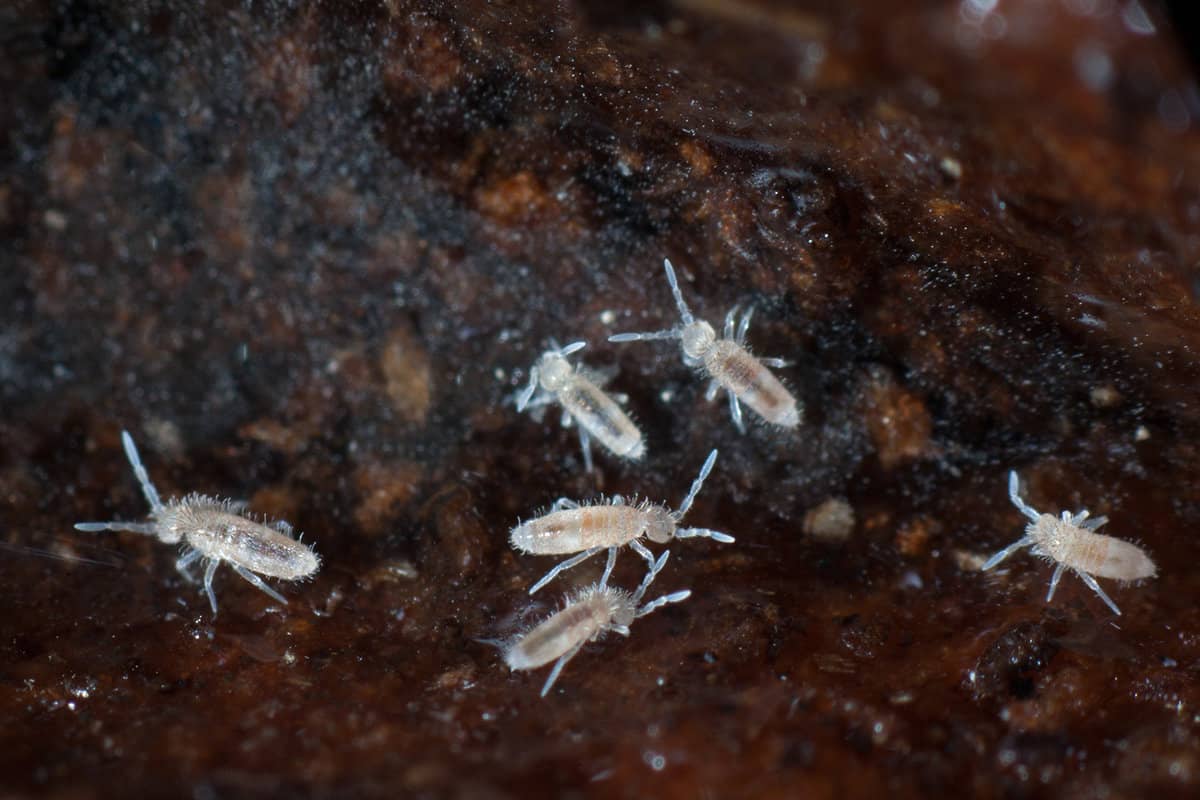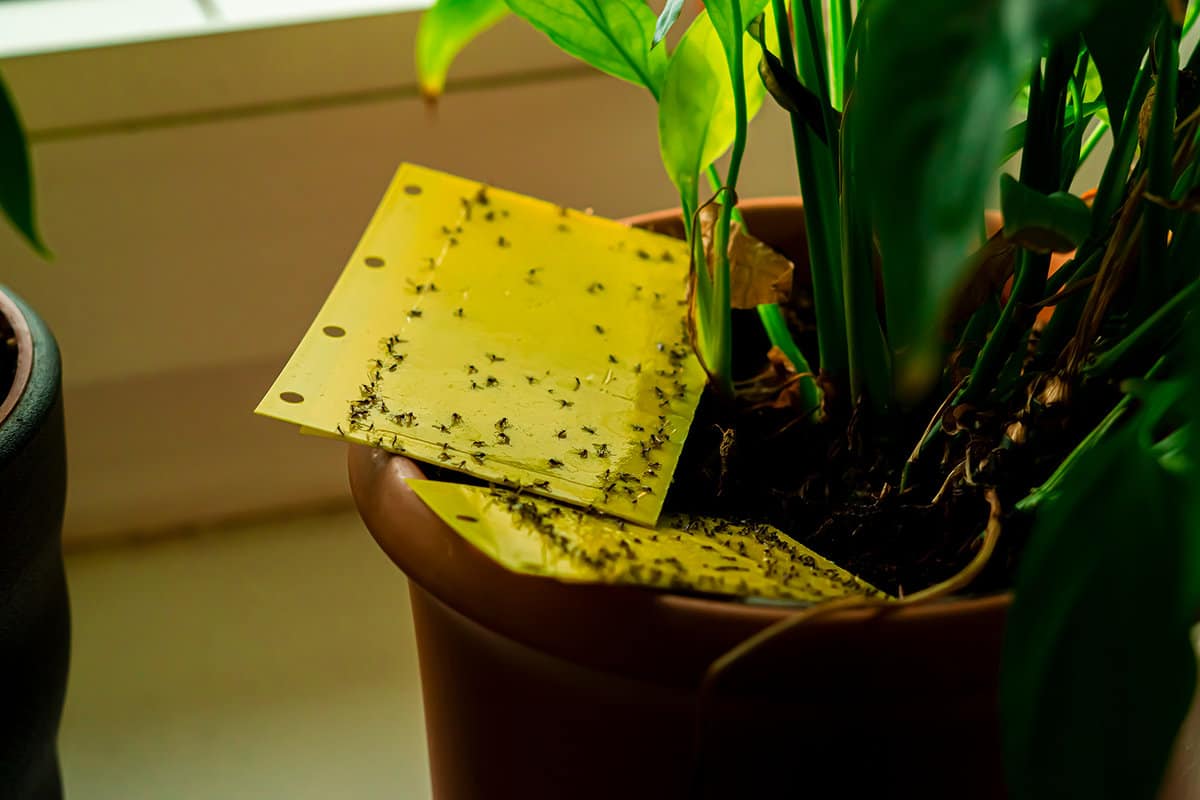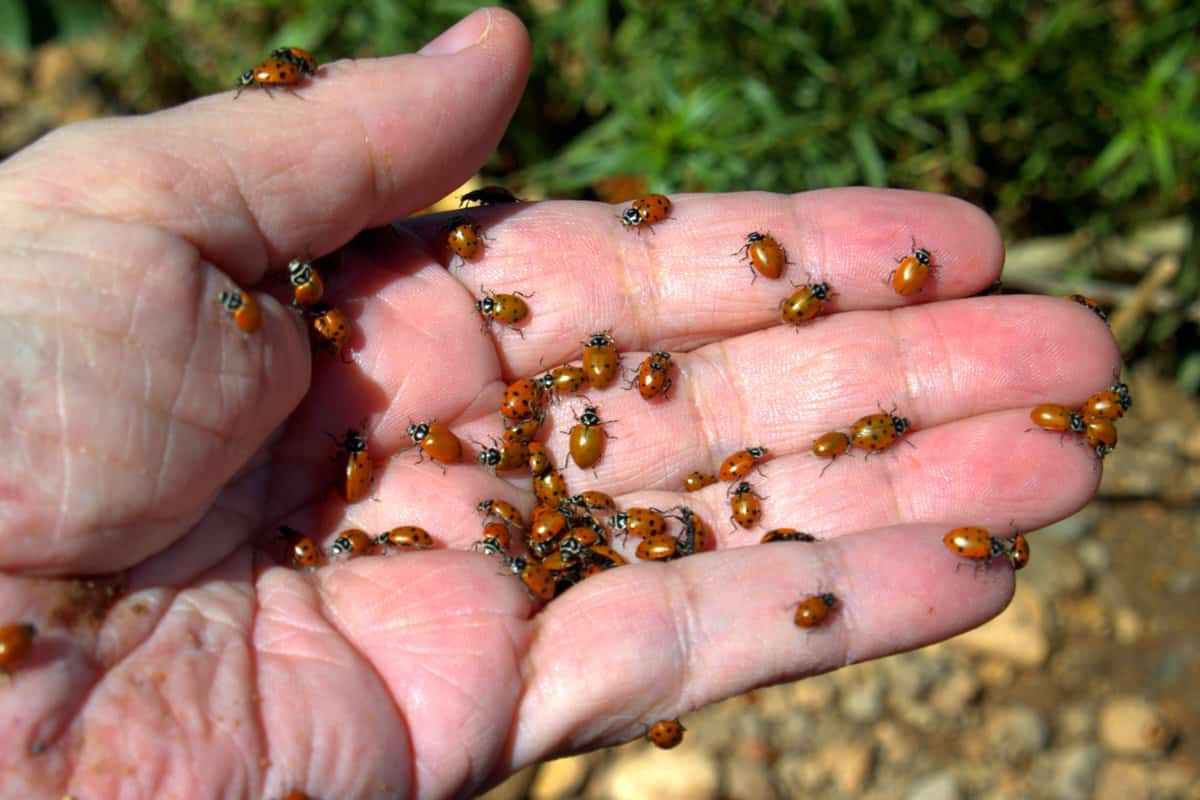Pests in plants can be frustrating. Little critters can cause leaf damage and destroy crops if you're not careful. When getting rid of bugs, knowing the difference between them is essential. For those curious about the differences between springtails and thrips, you're in luck. We've done the research and can explain their differences and how to treat them.
Springtails can grow up to three millimeters and are considered beneficial to gardens unless they appear in high numbers. They can chew on roots and leaves, which affects plant growth and can kill seedlings. You can remove them by hand or with a small vacuum.
Thrips can grow up to two millimeters and cause streaks on your plants. Thrips can stunt the growth of your plants and transfer diseases from one plant to another. You can remove them by shaking your plant and catching the thrips on a cloth or by spraying them with water. Other methods include insecticidal soap and sticky traps.
Thrips and springtails are small creatures that can be a nuisance in large amounts. Keep reading to learn more about the differences between thrips and springtails, how to control them, and more!

Springtails Vs. Thrips
Thrips are very small. They typically only grow up to two millimeters. Thrips are slender and have lots of tiny hairs. They also have wings that allow them to fly. In addition, they have a piercing, sucking mouth with only a left mandible present.

Springtails are slightly bigger. They are usually between 1.5 and 3 millimeters long. Most springtails are long and slender, but some are short and stocky.
Unlike thrips, springtails are wingless, but they can jump great distances for their size. Springtails are easily mistaken for fleas because of their size and jumping ability. However, there's no need to worry about them harming you or your pets. Springtails can't bite.
Springtails in The Garden

Springtails feed off of decaying plant matter, fungi, mold, and algae. So, you can frequently find springtails in moist soil with compost, under wet bark, or in leaf litter.
You can also find them in locations with stagnant water or high moisture levels. Springtails often end up indoors if their outside habitat starts to dry out. Once indoors, springtails tend to gravitate towards areas where there are leaks, in sinks or tubs.
Discovering Springtails

There is a good chance that you won't notice any springtails near your plants. Only a few of these creatures cause damage to plants. They do this by chewing on the leaves of seedlings or eating roots.
If you plan on starting plants and have springtails, you may want to remove them before planting. In general, these bugs won't affect your plants negatively.
If you do see springtails, it may be because you have a lot of them or you startled them. Remember, springtails can jump, and they will leap into the air if you disturb their habitat.
A large number of springtails will be noticeable. They may be a thin film covering pools or other stagnant water. You may also find them gathered in bunches near your home during periods of high heat.
Getting Rid of Springtails

The best way to prevent springtails is to prevent excess moisture in your garden and home. When springtails are found indoors, it means that there is a leak present in the home. Once you fix the excessive moisture, the springtails will quickly dry out.
Sticky pads or glue traps are also effective at capturing springtails. Additionally, you can apply a sprinkle of diatomaceous earth on top of the soil after it dries out.
For the most part, treating springtails is only done when you find them indoors. When springtails are discovered outside, they don't do much damage, typically go unnoticed, and are beneficial to the garden.
There are no guidelines or tips for reducing an outdoor springtail population. However, if you do want to reduce it, avoid using outdoor pesticides. They do not affect springtails.
To control the springtail population in the garden, you should try to reduce the amount of moisture and dead matter in your garden. You should consider lessening your use of compost or other organic material. Watering less will also be beneficial.
You can also attempt to slow the reproduction rate of springtails by frequently turning your mulches and compost heaps. This can help destroy eggs and can create an overall drier habitat for the bugs.
Thrips In The Garden

Thrips feed off of fungal spores and pollen. They also feed off of the cell contents of plants. Thrips do this by biting into the top layer of the tissue and then sucking out the contents.
When thrips eat from plants, they create discoloration and scars on leaves, flowers, and fruit surfaces. The damage they cause is primarily cosmetic and will typically not be life-threatening to trees and shrubs. Thrips can be devastating for certain vegetable crops and certain herbaceous ornamentals.
Unfortunately, thrips can spread diseases from one plant to another. Check your plants for thrips if any diseases are suddenly affecting your garden.
Finding Thrips

If you suspect thrips in your garden, place a light-colored object around your plants. Then, gently shake the branches. If thrips are present, you should be able to see them better on a lighter background. This is also an excellent way to eliminate thrips in your garden.
Overall, these are challenging pests to find. You'll likely notice damage and disease spreading before you see thrips.
Getting Rid Of Thrips

You can use a few methods to control the thrip population in your garden. Keeping sticky traps around will help you capture wandering pests. You can use yellow or blue sticky traps. Keep in mind that blue seems to attract thrips more, while yellow attracts a wider variety of bugs.
You can also shake the branches of your plants to knock thrips off. In these cases, you want to have a cloth or sticky trap under the leaves to catch the bugs.
Another way to knock thrips off your plants is by spraying the leaves with a fine spray of cold water. Both of these methods tend to be most effective if done multiple times throughout the day.
Another option is to use insecticidal soap. Repeat applications will be necessary to affect the highest number of insects. Always be careful to follow the directions for your product. Excessive applications can cause leaf damage.
Apply insecticidal soap in the early morning and avoid using it when temperatures are over 90 degrees Fahrenheit.
Check out this insecticidal soap on Amazon.
The most effective way to control thrips is by using their natural enemies against them. Having a population of predatory spiders, mites, and pirate bugs can help manage the number of thrips in your garden.
You can grow your garden's natural ecology by avoiding pesticides. It's also possible to buy certain beneficial bugs online.
What Are Beneficial Insects?

Insects play an important role in the ecology of gardens. Butterflies and bees are an important part of the pollination process for flowers.
However, there are also predatory and parasitizer insects. These insects are responsible for eating nuisance bugs in the garden. Some predatory insects include:
- Ladybugs
- Robber flies
- Beetles
- Spiders
- Praying mantids
Parasitizer insects are bugs that lay eggs on or in other bugs. After the eggs hatch, the larvae will feast on the host insect.
Hoverfly larvae are effective at killing aphids, beetles, and thrips. In addition, certain wasps lay their eggs inside other eggs. The wasp's eggs will hatch first and prevent the other insect's eggs from hatching.
In Conclusion
Thrips and springtails are both small insects. However, thrips can be very dangerous to have in your garden, while springtails are generally considered beneficial. To control these populations, it's important to have beneficial insects in your garden and to try to create an inhospitable environment for them.
Take a look at one of the posts below!

